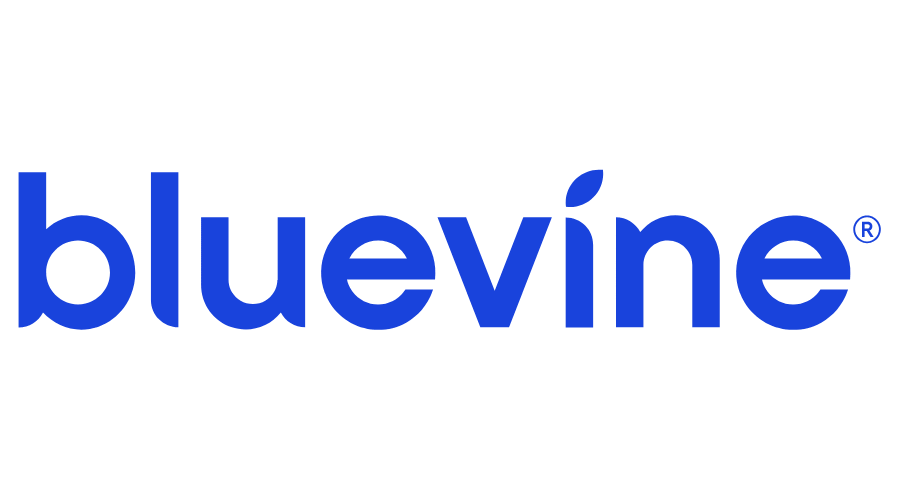If you’re running a business, even as a solo founder or freelancer, one of the best things you can do right now is separate your business and personal finances. It’s not just for tax season. This one move gives you clarity, keeps your books clean, and protects your personal money. In this guide, I’ll show you how to do that with Bluevine, a modern business banking platform that’s perfect for creators, freelancers, and small business owners.
Why Separating Business Finances Matters
Mixing personal and business money creates confusion. You won’t know what your business is actually earning. And when tax time comes, it becomes a mess. But even worse, if you have an LLC or corporation and you mix your funds, you could lose your liability protection. That’s called “piercing the corporate veil.” It’s a legal nightmare you don’t want.
Even if you’re a sole proprietor, separating finances gives you control. You’ll understand how much to reinvest, how much to save for taxes, and how much to pay yourself.
Why Bluevine Works for Freelancers and Founders
Bluevine is an online business checking account built for small business owners. It’s not a personal bank pretending to be business-friendly. It’s made for this. There are no monthly fees, and you can earn 2% interest on up to $250,000 if you qualify. Plus, you get sub-accounts, which is huge. You can organize your income into categories like taxes, savings, operating costs, and owner’s pay. This visual separation is what helps you stay consistent.
Watch our step-by-step video on how to separate business and personal expenses in Bluevine
Step 1: Open Your Bluevine Business Account
Go to Bluevine’s website and apply for a business checking account. Use your legal business name and your EIN if you have one. If you’re a sole proprietor, you can still use your SSN and your DBA name. Make sure to use a business email and a business address if possible. Once approved, you’ll get access to your dashboard, virtual debit card, and sub-account tools.

Get up to 3.7% APY, discounts on most Standard payment fees, and no monthly fees.
Key Features
High-Yield Business Checking: Earn 1.5% APY on balances up to $250,000 with the Standard plan when meeting monthly activity requirements. Upgrade to Plus or Premier plans to earn up to 3.7% APY on balances up to $3 million, without activity requirements.
Fee-Free Banking: No monthly fees, overdraft fees, or minimum balance requirements. Enjoy unlimited transactions and free standard ACH transfers.
Digital Tools for Business Management: Access features like mobile check deposit, bill pay, sub-accounts for budgeting, and integration with accounting software like QuickBooks and Xero.
Why We Recommend It
Bluevine offers an online banking solution tailored for small businesses. Its combination of high-interest earnings, minimal fees, and digital tools makes it an attractive option for entrepreneurs seeking efficient financial management.
Pros & Cons
- Competitive interest rates on checking balances
- No monthly or overdraft fees
- User-friendly online and mobile banking platforms
- No physical branch locations for in-person banking needs
- Customer support is not available on weekends
Step 2: Stop Using Your Personal Accounts for Business
The minute your Bluevine account is live, switch everything over. Link your Stripe, PayPal, Shopify, or any client payment platform to this account. If clients were paying you through Venmo or personal PayPal, stop doing that. Send them new payment links. This move keeps all your income and expenses in one place.
Step 3: Set Up Sub-Accounts for Budgeting
Bluevine lets you create sub-accounts within your main checking account. Think of these like digital envelopes. You might create:
- Tax Savings
- Owner’s Pay
- Marketing
- Emergency Fund
- Equipment and Tools
Each time you get paid, divide that money across these buckets. For example, if you earn $1,000, you might allocate $150 for taxes, $500 for owner’s pay, and $200 for operations.
Step 4: Track Expenses in Real Time
You can connect Bluevine to tools like QuickBooks or Xero for automatic expense tracking. Or use a simple spreadsheet to log everything. Set a time each week to review transactions, tag them correctly, and move money between sub-accounts if needed. The more consistent you are, the easier your taxes and business decisions will be.
Step 5: Pay Yourself the Right Way
Instead of swiping your Bluevine debit card at Starbucks, transfer a set amount from your business account to your personal account every two weeks. That’s your paycheck. Keep it consistent. This also helps you separate business income from personal spending and makes bookkeeping much easier.
Step 6: Keep Clean Records
Start keeping digital receipts for every business expense. Add short notes to your transactions if something looks unusual. Bluevine lets you attach receipts to transactions inside the dashboard. Schedule a monthly review day to reconcile everything, check your sub-accounts, and track your income.
Step 7: What If You Mix Funds By Accident?
It happens. If you pay for a business expense using your personal card, reimburse yourself from your business account, and log the note. If you swipe your business card for something personal, treat it as an owner’s draw. Don’t make this a habit. But if it happens once or twice, it’s okay as long as you document it.
Common Mistakes to Avoid
- Using the same account for everything
- Forgetting to pay yourself
- Not setting aside money for taxes
- Thinking that a debit card is enough to be organized
- Waiting until tax season to clean up your books
Final Thoughts
Separating your personal and business money is one of the easiest things to do, but it’s also one of the most powerful. It sets you up for growth, better decision-making, and legal protection. With a tool like Bluevine, you can stay lean, keep it digital, and build smarter. If you’re ready to start, you can open a free Bluevine account in minutes. And if you want a simple setup that helps you stay organized from day one, Bluevine is one of the best options available.

